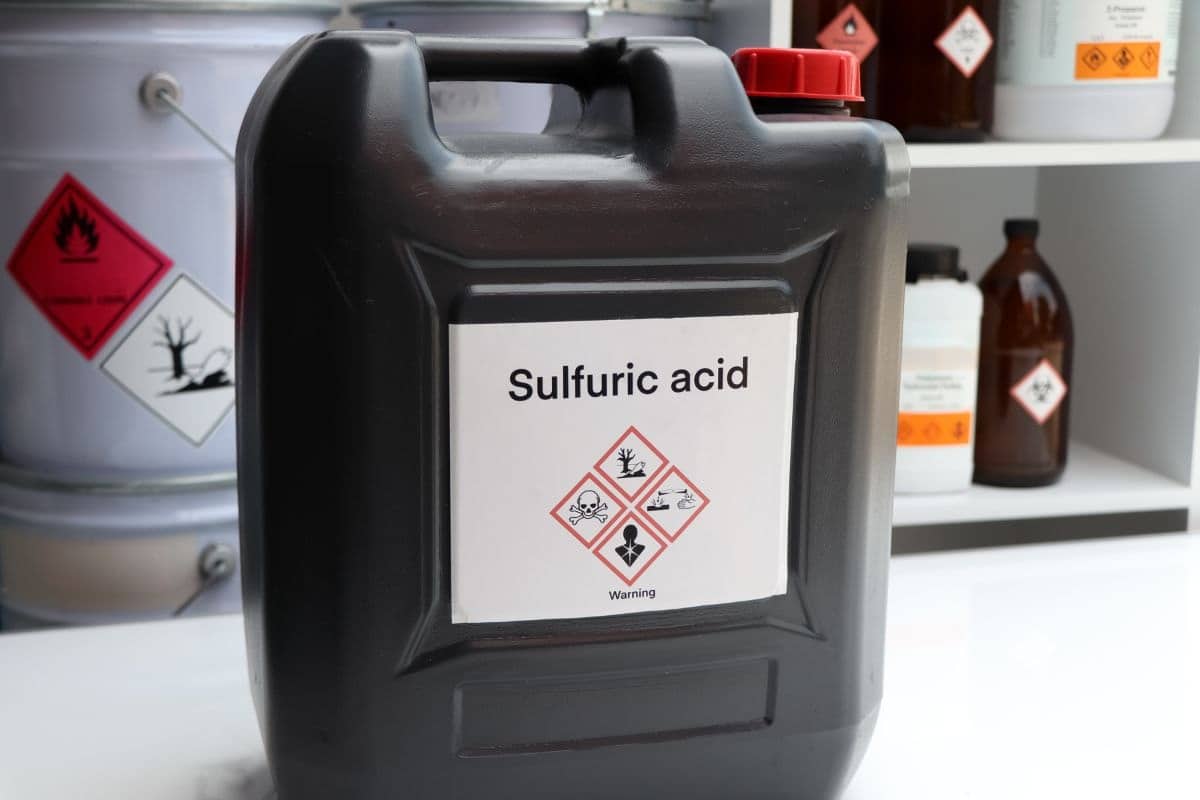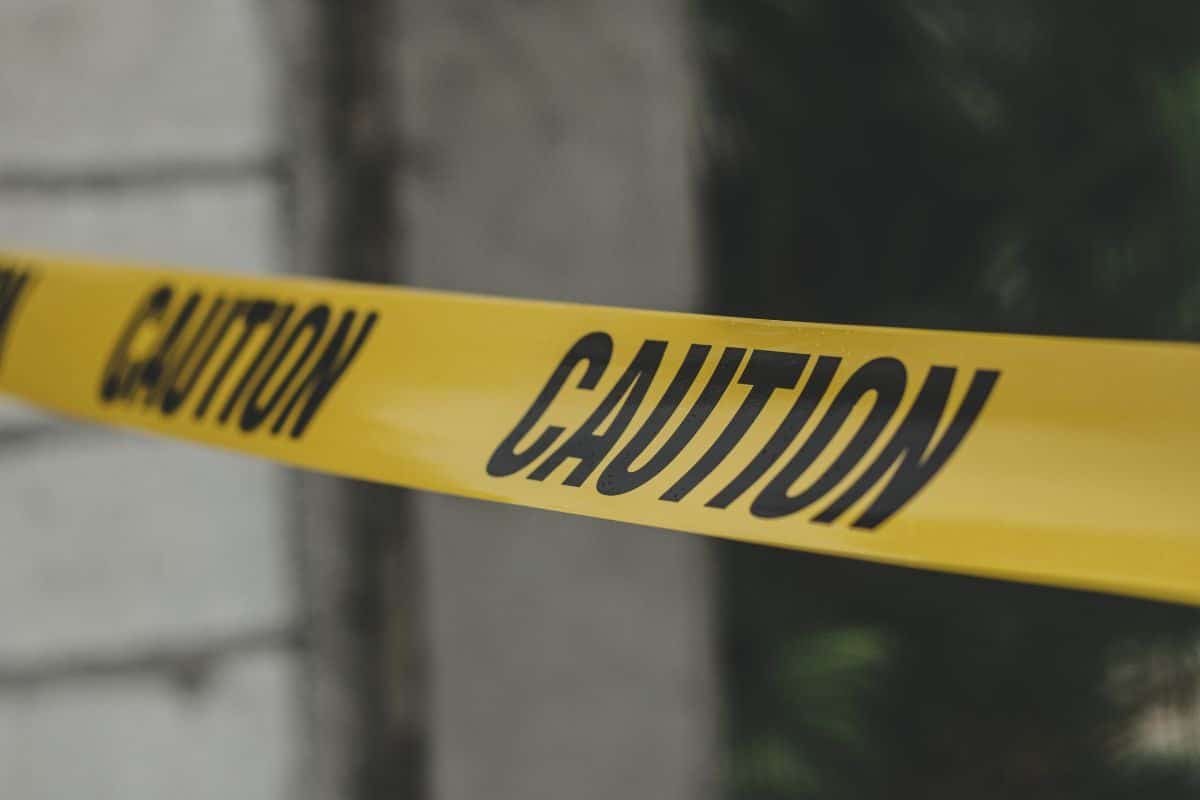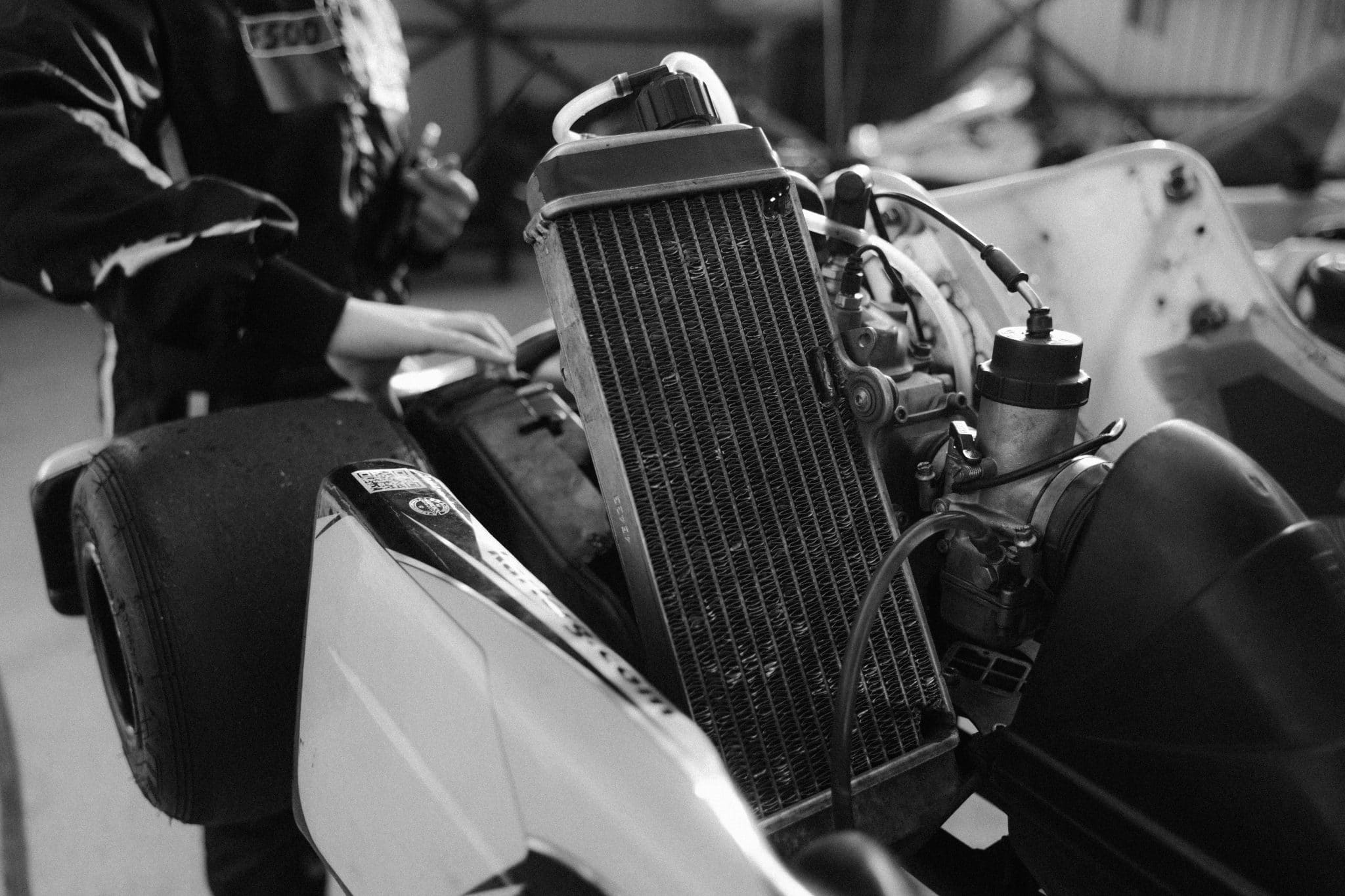Every year there are countless incidents of improper hazardous waste treatment and disposal which pose significant risks to human health and the environment.
The culprits could easily avoid such incidents just by adhering to proper hazardous waste management and disposal methods.
When we manage hazardous waste properly, there are a multitude of advantages, which include the protection of public health and the environment.
By managing waste, decreasing the overall volume of hazardous waste generated and boosting recycling or recovery of valuable materials, it creates a more responsible approach to hazardous waste treatment and disposal. Thus, creating a more sustainable future for all.
To play your role in fostering these positive outcomes, it is essential to familiarise yourself with the correct procedures regarding hazardous waste disposal and treatment.
This includes understanding the specific disposal requirements for the various types of hazardous waste and following established guidelines to utilise safe disposal methods.
What is Hazardous Waste?
Hazardous waste refers to any material that contains dangerous elements that could have a negative impact on people or the environment.
There are three categories of hazardous waste namely:
- Industrial Waste – Waste generated by construction and manufacturing such as concrete, cement, gravel, scrap metal, oil, solvents and household chemicals..
- Chemical Waste – This includes any gas, solid or liquid chemicals such as mercury in thermometers, lead, oil, paint, pesticides, asbestos or detergents.
- Organic Hazardous Waste – These are usually waste materials that undergo anaerobic decomposition, leading to methane poisoning. Examples of dangerous waste are green waste and food scraps.
Similarly hazardous waste comes in the form of liquids, solids, glass pool chemicals, or mixed materials emerging from any source.
Keep in mind hazardous waste differs from clinical waste, which usually contains infectious agents or pathogens. Hazardous waste has the potential to contaminate millions of tons of waste when it enters any waste stream.
The Importance of Proper Hazardous Waste Disposal
It is crucial to properly treat waste and safely dispose of hazardous waste to ensure the safety of the environment and human health.
Laws and regulations regulate similarly hazardous waste to ensure safe and responsible disposal. Improper hazardous waste treatment and disposal could lead to serious consequences for businesses, which include penalties and fines.
Disposing of hazardous waste efficiently and appropriately reduces the risk of environmental pollution and human health problems.
10 Effective Hazardous Waste Disposal Methods

1. Incineration of Hazardous Materials
Incineration is a method of hazardous waste treatment by burning it at very high temperatures in a specialised facility designed for the disposal of hazardous waste.
The facility typically uses a kiln operating at temperatures above 1100 degrees Celsius, which is then complemented by advanced gas cleaning systems.
These facilities adhere to very strict emission standards by using skilled operation and advanced technologies.
2. Land Farming of Organic Hazardous Waste
Individuals employ land farming as a method of hazardous waste treatment, blending organic hazardous waste with soil and adding nutrients or microbes to degrade the contaminant. This approach is considered advanced.
This is an advanced method using bioremediation technology by implementing liners and various methods to manage contaminants and prevent leaching. The workers place the contaminated soil into lined beds and periodically turn or till it for aeration.
While contaminants degrade in the soil, experts control and carefully monitor it. Adding substances such as crushed limestone also aids in maintaining a neutral pH in the contaminated soil.
3. Solidification Or Encapsulation
This is a method of treating hazardous waste by solidifying it into a solid material.
The technique involves sealing hazardous waste materials within a solid medium such as concrete, plastic or lime to prevent it from escaping into the environment.
The approach is ideal for solid or semi-solid hazardous waste, such as contaminated soil, sludge, or asbestos. It entails combining the solid waste with a binding agent and placing it on a mould to solidify.
4. Microencapsulation
Much similar to encapsulation, microencapsulation entails sealing larger quantities of less hazardous substances or waste with robust and impermeable barriers, such as steel or concrete containers.
The technique is particularly useful in managing bulky waste items such as contaminated debris or larger industrial equipment.
5. Underground Disposal of Hazardous Waste Materials
Underground hazardous waste disposal involves injecting hazardous waste into old mines or rock formations.
Experts only consider this method compliant when specific geological and technical criteria are met by the mines or rock formations.
This approach is the most robust and cost-effective, especially for companies dealing with radioactive waste, laboratory research waste, or nuclear fuel production.
6. Landfill Disposal of Hazardous Waste
One of the most common methods of waste disposal is landfill disposal. This involves disposing of waste by burying it in a designated landfill area.
However, in the case of hazardous waste, the site needs to prioritize monitoring for leaks that could impact the surrounding grounds.
Thus, most such landfill waste, sites are located in outskirt areas that are far away from human habitation or protected environmental areas.
7. Surface Impoundment
The surface impoundment is a form of depression that is either naturally or artificially created.
They typically include lagoons or ponds designed specifically for hazardous waste treatment, particularly waste in liquid form.
Impoundments are a more cost-effective waste disposal solution, but they require proper lining and monitoring to prevent leakage into surrounding soil or groundwater.
8. Recycling Hazardous Waste
Hazardous waste recycling is a cost-effective and sustainable method of disposing waste that conserves natural resources, prevents pollution and cuts down energy use.
You can recycle hazardous waste in the following ways:
- Reclaiming – Regenerating the waste or processing it into a useful product.
- Reuse – Substituting the waste for another product or using it as an industrial ingredient.
- Incineration – Burning the waste as a fuel.
9. Donate Hazardous Waste
Another method is to donate hazardous waste that could be useful in other industries, such as local mechanic shops, auto repair facilities, landscape businesses, schools or businesses.
Consider engaging with these entities to ensure that they secure proper waste treatment and management to reduce their environmental impact.
10. Effective Management of Hazardous Waste
It is essential to have an effective waste management plan for hazardous waste, which includes the safe storage, handling and disposal of household hazardous waste materials.
Before disposing of hazardous waste, individuals must store it properly in a well-ventilated area and sealed containers. Monitoring waste management plans is necessary to ensure their effectiveness and whether they save costs.
Conclusion
Hazardous waste treatment and disposal is a critical issue that requires much attention and proactive steps.
By understanding the types of hazardous waste and disposal methods, safe storage, as well as handling practices, you can easily reduce the risks associated with hazardous waste.
A waste management plan is essential to ensure effective and correct disposal methods of hazardous waste, which in turn protects the environment and human health.
Finding a reputable disposal site or facility will help reduce hazardous waste and ensure proper disposal thereof.








